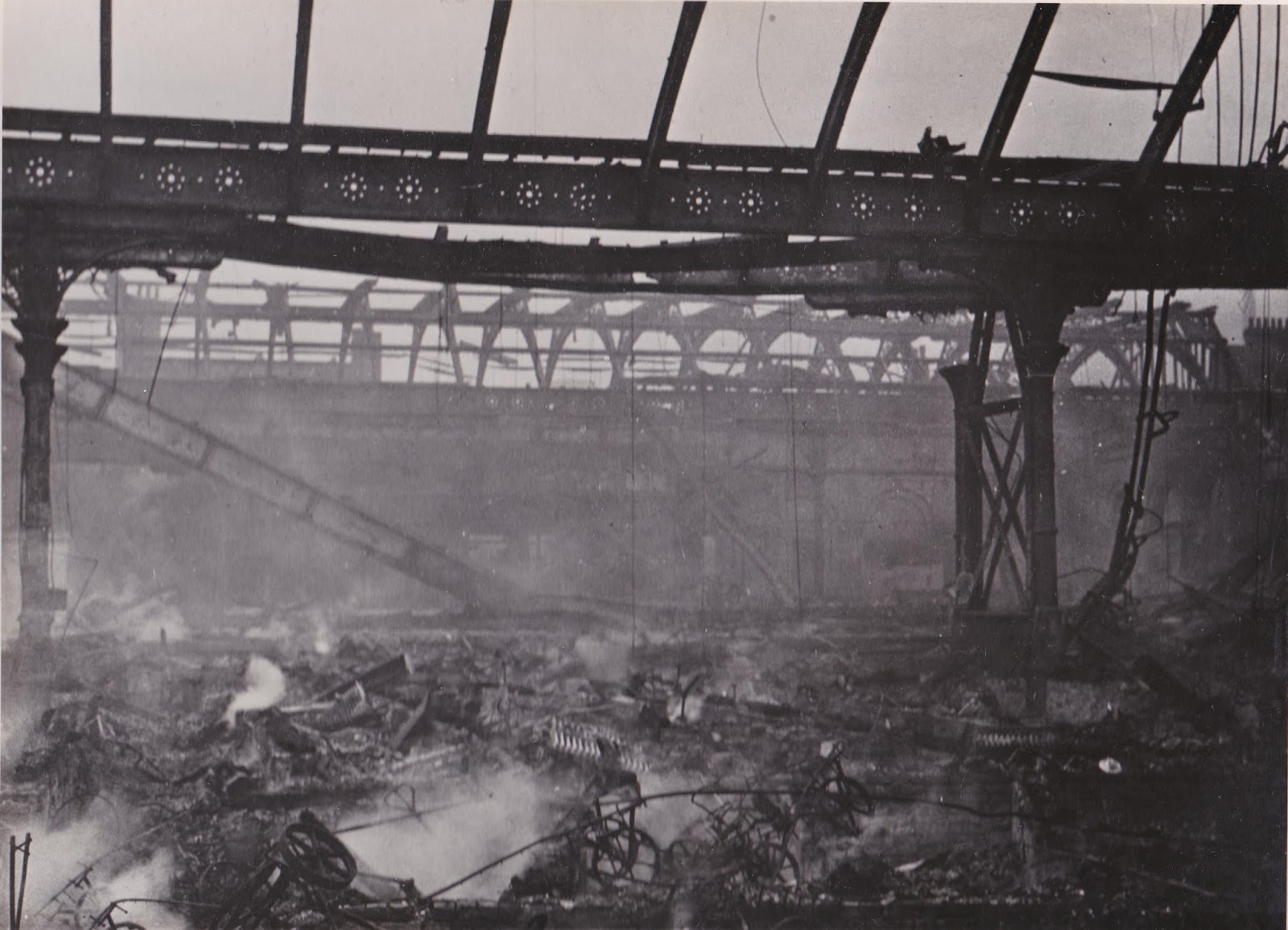I am interested which stations suffered bomb damage in the wars
and which were patched up, and which had a postwar rebuild.
and how did the railway manage when its assets were trashed.
I had always assumed this was mostly London, but recent postings have mentioned bomb damage at Manchester Victoria. and of course Coventry got trashed in WW2
I have included WW1 because there were the Zeppelin raids.
Any pics or links to pics would be great.
and which were patched up, and which had a postwar rebuild.
and how did the railway manage when its assets were trashed.
I had always assumed this was mostly London, but recent postings have mentioned bomb damage at Manchester Victoria. and of course Coventry got trashed in WW2
I have included WW1 because there were the Zeppelin raids.
Any pics or links to pics would be great.




